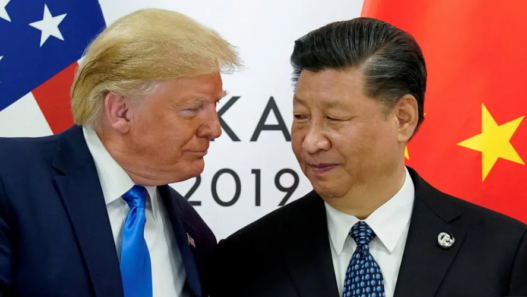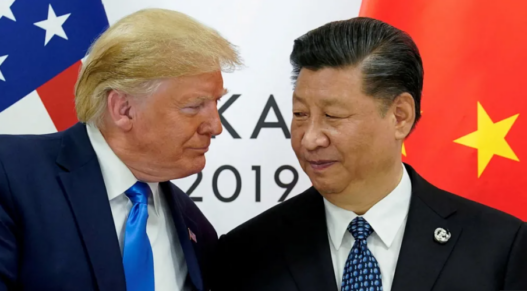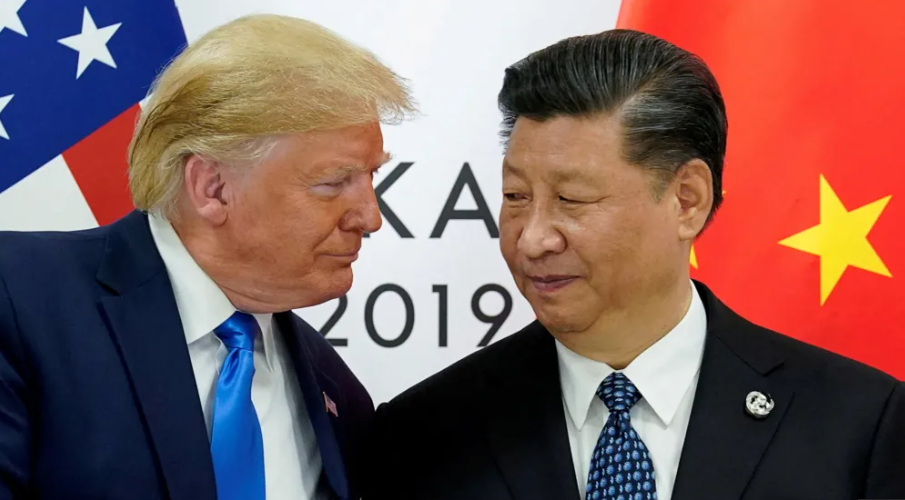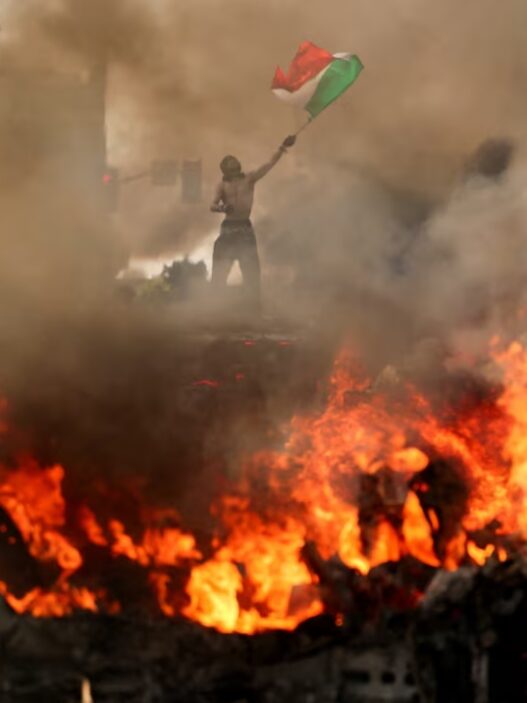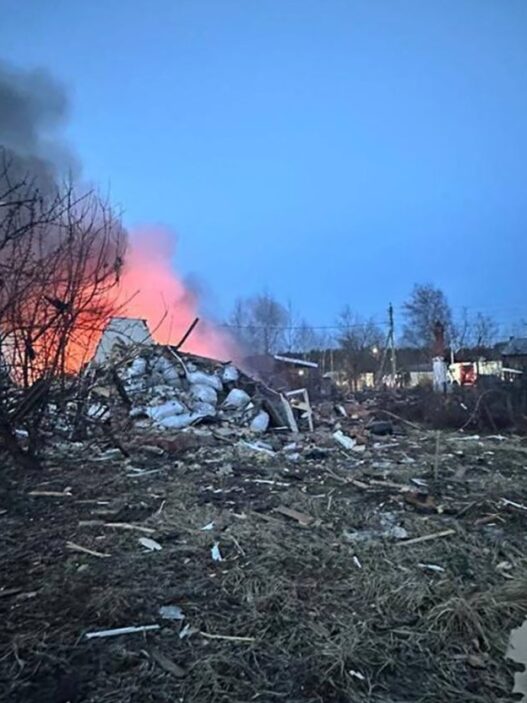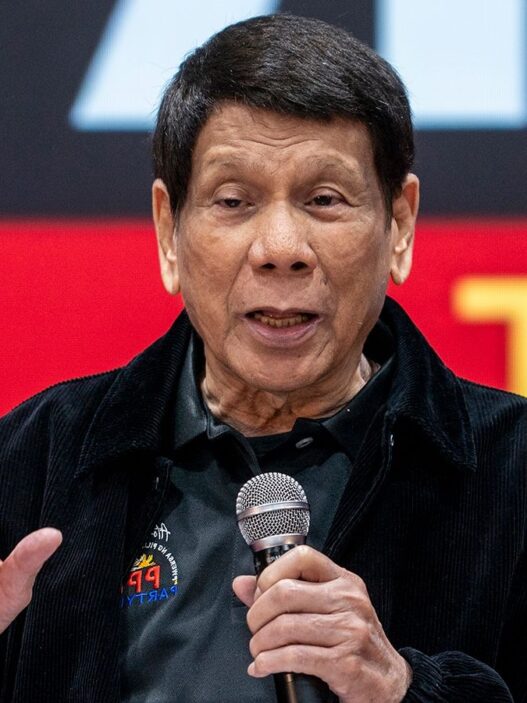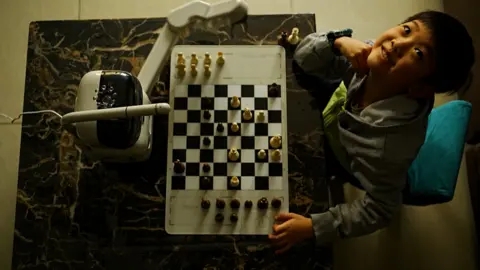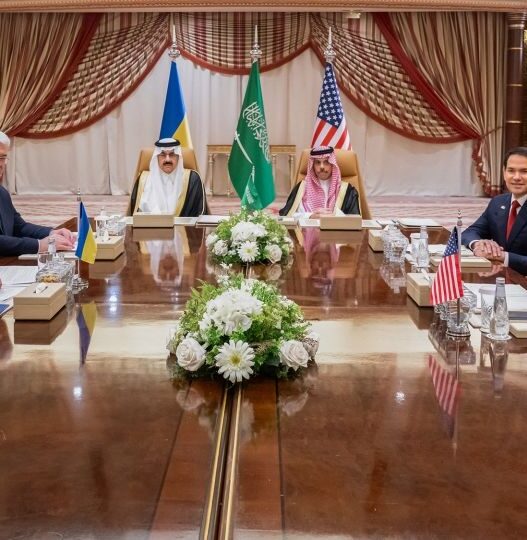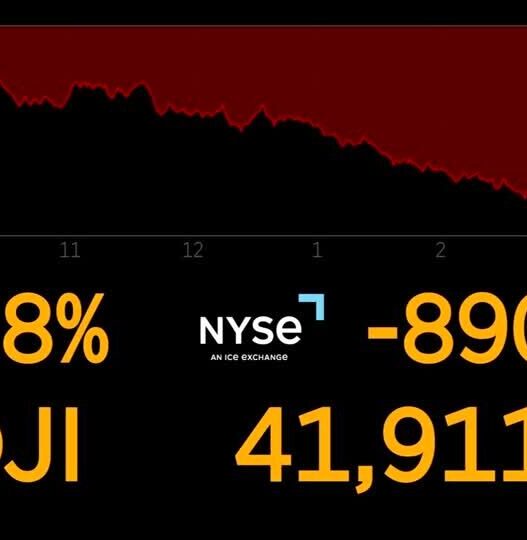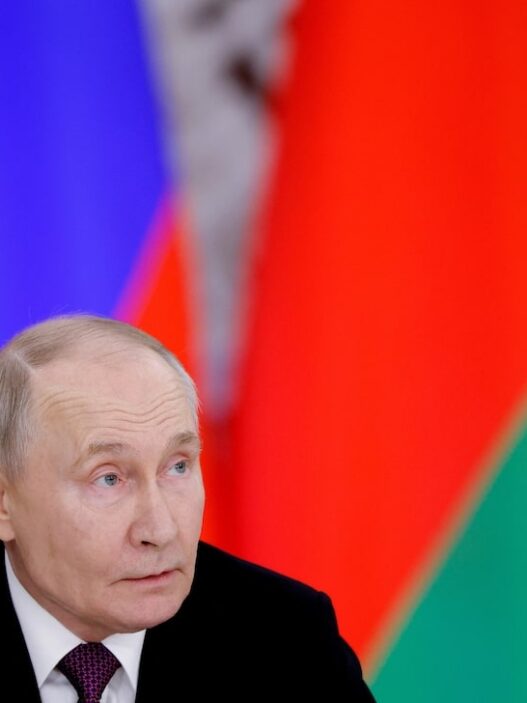Donald Trump has said he will visit China after speaking to its leader Xi Jinping over the phone. This announcement followed what he described as a “very good talk” with Chinese President Xi Jinping. Trump also extended an invitation to Xi to visit the White House. However, neither government has officially confirmed any travel details.
A Long-Awaited Conversation
This phone call was the first direct communication between the two leaders since Trump launched a trade war with Beijing in February. Chinese state media said the call was made at the White House’s request. Trump later wrote on social media that the 90-minute conversation focused mostly on trade. He said it ended positively for both countries.
Standing beside German Chancellor Friedrich Merz in the Oval Office, Trump explained, “He invited me to China and I invited him here. We both accepted.” Trump added that he would travel with the First Lady at some point. He also hoped Xi would come to the U.S. with the First Lady of China. But the Chinese summary of the call only mentioned Xi’s invitation. It made no reference to a return visit.
Trade Tensions: Promises, Deals, and Disputes
According to Xinhua, President Xi urged the U.S. to remove “negative measures” it had taken against China. He said China had kept its promises and reminded the U.S. that both sides should honor the consensus they reached. This comment pointed to the recent agreement between the two countries made in Geneva.
The deal aimed to reduce tariffs. Trump once called it a “total reset.” But complications quickly followed.
A Cycle of Tariff Retaliation
Trump initially raised tariffs on many imports. China faced the highest rates. Beijing answered with tariffs of its own. This back-and-forth continued, pushing rates to as high as 145%.
In May, both sides agreed on a temporary truce. The U.S. lowered tariffs on Chinese goods to 30%. China cut its tariffs on American goods to 10%. It also promised to ease export restrictions on critical minerals. The deal included a 90-day deadline to reach a long-term trade solution.
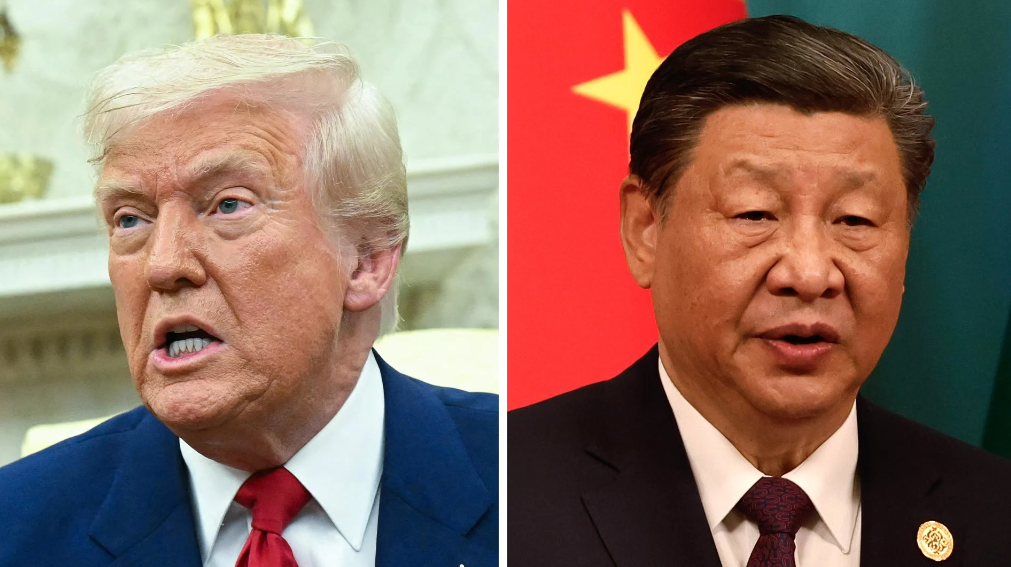
Now that deadline is fast approaching. Talks have stalled. Both sides are accusing each other of breaking the deal.
Accusations Over Rare Earths and Technology
The U.S. says China has not resumed shipments of rare earth elements. These materials are key to industries like electronics and automotive manufacturing. China’s Ministry of Commerce denied the claim. It said the U.S. was the one adding new restrictions, especially around semiconductor technology.
In response, Trump imposed new export controls. These targeted electronic design automation software. He also warned that Chinese students might lose their U.S. visas. Still, Trump struck a softer tone, saying, “Chinese students can come, no problem… it’s an honor to have them.” But he stressed the importance of proper checks.
Taiwan: Another Point of Contention
Chinese state media said Xi urged the U.S. to approach the Taiwan issue with caution. He warned that mishandling it could spark conflict. This warning came shortly after U.S. Defense Secretary Pete Hegseth spoke at the Shangri-La Dialogue in Singapore. Hegseth claimed that China was seriously preparing to use military force to change the regional balance.
Beijing considers Taiwan a breakaway province. It insists the island will reunite with the mainland, by force if needed. The U.S. supports Taiwan’s military but does not officially recognize it, due to the One China policy.
According to Chinese media, Xi warned that pro-independence movements in Taiwan could drag both nations into dangerous conflict. He asked the U.S. to act carefully and not fuel tensions.
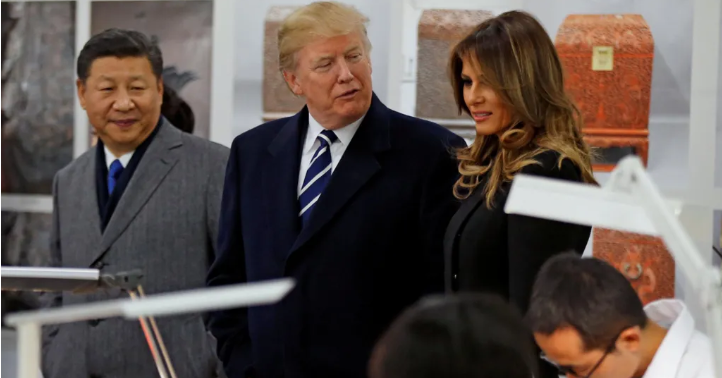
Different Diplomatic Styles
This call ended months of silence between Trump and Xi. The White House had talked about arranging it ever since Trump took office. Trump grew frustrated by the delay and expressed his feelings online. He wrote, “I like President Xi of China… but he is VERY TOUGH, AND EXTREMELY HARD TO MAKE A DEAL WITH!”
Trump prefers direct talks. He often takes the lead in negotiations himself. But China works differently. Beijing usually relies on senior officials to handle talks. High-level phone calls are planned well in advance and are never spontaneous.
China also wants to avoid looking weak or pressured. That concern will likely influence how both sides move forward in this tense diplomatic dance.






